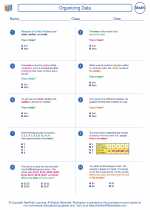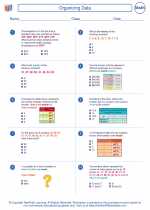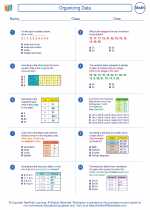Cone
A cone is a three-dimensional geometric shape that tapers smoothly from a flat, usually circular base to a point called the apex or vertex. It is one of the basic shapes in geometry and has several important properties and formulas associated with it.
Parts of a Cone
A cone has the following parts:
- Base: The flat circular surface at the bottom of the cone.
- Vertex: The point at the top of the cone.
- Height: The distance from the base to the vertex.
- Slant height: The distance from the base to the vertex along the curved surface of the cone.
- Radius: The distance from the center of the base to the edge of the base.
Formulas and Properties
Here are some important formulas and properties related to cones:
Volume of a Cone
The volume \( V \) of a cone can be calculated using the formula:
\[ V = \frac{1}{3} \pi r^2 h \] where \( r \) is the radius of the base and \( h \) is the height of the cone.Surface Area of a Cone
The total surface area \( A \) of a cone can be calculated using the formula:
\[ A = \pi r (r + \text{slant height}) \] where \( r \) is the radius of the base and the slant height can be calculated using the Pythagorean theorem as: \[ \text{slant height} = \sqrt{r^2 + h^2} \]Study Guide
Here are some key points to remember when studying cones:
- Understand the parts of a cone: base, vertex, height, slant height, and radius.
- Learn and practice using the formulas for finding the volume and surface area of a cone.
- Be familiar with the concept of similar cones and how changes in dimensions affect the volume and surface area.
- Practice solving word problems involving cones to apply the formulas in real-life situations.
Understanding the properties and formulas related to cones will not only help you in solving cone-related problems but also provide a foundation for understanding more complex geometric concepts in the future.
.◂Math Worksheets and Study Guides Seventh Grade. Organizing Data

 Worksheet/Answer key
Worksheet/Answer key
 Worksheet/Answer key
Worksheet/Answer key
 Worksheet/Answer key
Worksheet/Answer key
